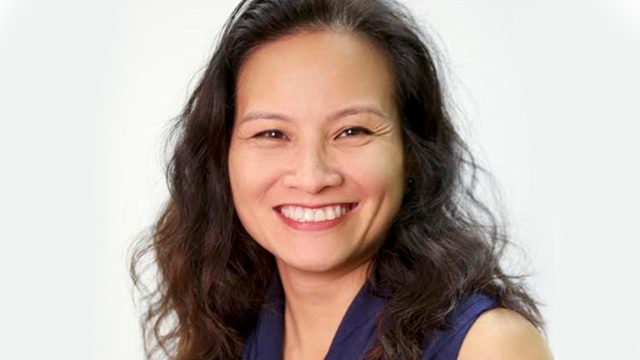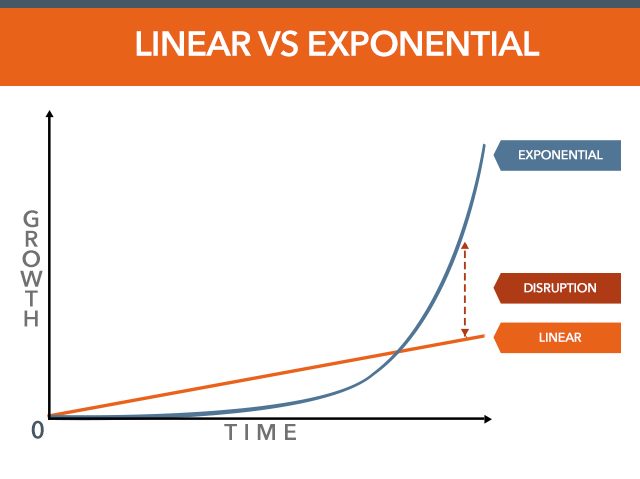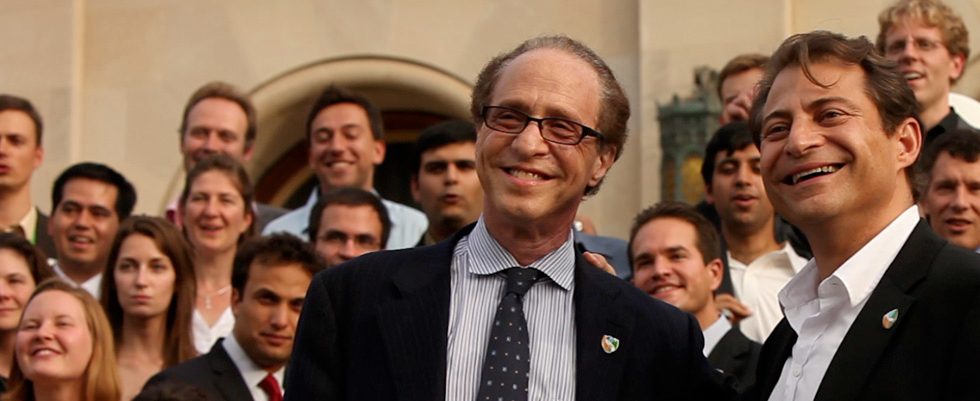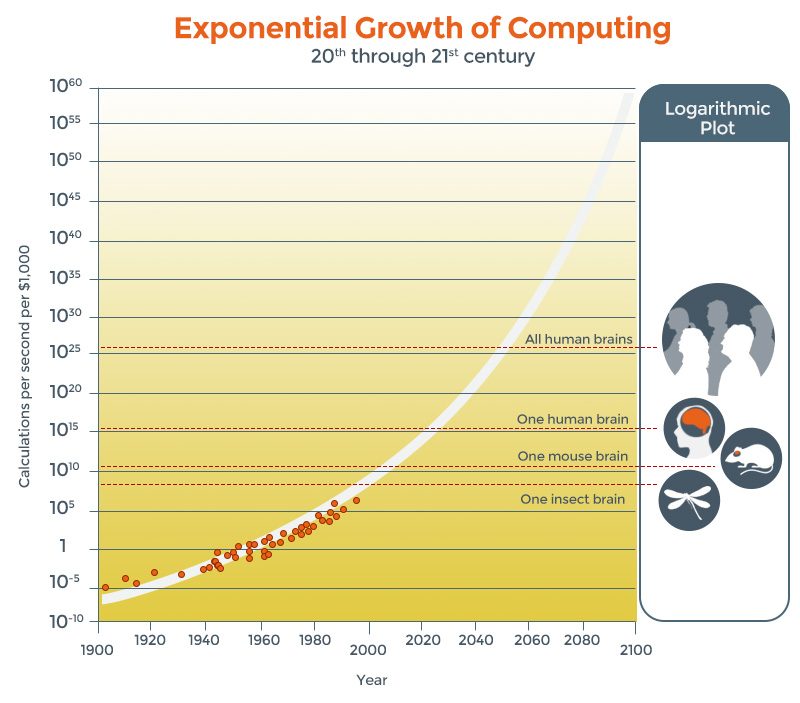SUMMARY
This is AI generated summarization, which may have errors. For context, always refer to the full article.

SILICON VALLEY, USA – Impact. That’s what Filipino-American Emeline Paat-Dahlstrom thinks about. Her group’s mission: to help use technology to impact a billion people in the next decade – and she thinks that can change the Philippines.
“One implication of exponential technology is it has democratized and demonetized products and services,” she told me in an interview from her Silicon Valley office.
“It used to be that only the ultra rich can actually have access to all of these products and services, but now sensors are getting cheaper – all of these technologies are getting cheaper… I’m sure there are a lot of great minds in the Philippines who can now leverage this technology for cheap and be part of this global digital economy.”
A seismic shift is rippling through industries around the world, with companies like Uber and Airbnb disrupting bricks-and-mortars businesses through innovative uses of technology. From Africa to Southeast Asia, technology is being used to help solve developmental problems in new ways.

It’s a time of creative destruction, and Emeline Paat-Dahlstrom is near ground zero.
The petite physics major from the University of the Philippines works with technologists like Ray Kurzweil and Peter Diamandis, names that elicit boy-band shrieks in Silicon Valley.
Kurzweil has been called “the ultimate thinking machine” and “Edison’s rightful heir” for his pioneering work with language processing and artificial intelligence. Diamandis is a medical doctor and serial entrepreneur focused on private space flight and finding solutions for humanity’s big problems.

Kurzweil and Diamandis founded Singularity University, part think-tank, startup incubator, and educational institution – although it’s not accredited. This futurist mecca broadens and shapes ideas introduced in Kurzweil’s 2006 book, The Singularity is Near, and looks for real-world applications and impact.
“We teach exponential thinking,” said Emeline. “As human beings, we were taught from a very early age to be linear thinkers. So if you actually think about the future, and you’re trying to predict the future…technology today is actually developing exponentially. That linear curve is nowhere near where the exponential future is going to be.”
It starts with Moore’s law, which says that the computing capacity of a chip doubles every 18 months. Kurzweil’s book builds on that to define what he called the law of accelerating returns – when you empower a technology sector with information, you digitize that technology and lock it on an exponential curve.

“It changes the way people do business because it fundamentally changes the business model,” explains Emeline.
“Let’s take the cellphone. In 2007, there were no iPhones, no smartphones. If we really think about how it’s growing exponentially – so there’s just a couple of doublings there that in a few years, what is the form of the phone? Is it still this rectangular kind of thing that we carry around? Or is it going to be embedded in you as a chip? Or maybe it’s like embedded in the brain? And if that’s really the case, businesses should be looking at what are the opportunities – like in that frame of time for them to either change the business model, change their products, change their services.”
Dreaming big
How did it all begin for Emeline? She dreamed of going to space and becoming an astronaut.
After graduating from the National Institute of Physics at the University of the Philippines, she taught for about a year. Her path seemed set, but she couldn’t shake her dream. In 1988, she applied and was accepted to the International Space University (ISU) in Strasbourg, France.
Her faculty adviser discouraged her from taking it. After all, it was a non-degree course that “didn’t seem to have anything to do with physics.”
That was a turning point in her life. With no guarantees, she accepted the summer program in 1989 and left the security of her life in Manila. That was where she met Peter Diamandis, the founder of International Space University. For the next two decades, she worked and volunteered for ISU and some of Diamandis’ space startups.
“So one of the startups is Space Adventures, it’s the first company that has actually sent private citizens to the International Space Station, to the Russians. I’ve also consulted for other companies like Odyssey Moon, where now there’s a Lunar Google X-Prize, where a company can actually send a lander to the moon!” she said, her excitement for space travel still clear decades later.
Emeline is also co-author of Realizing Tomorrow: The Path to Private Space Flight. In 2013, her book was selected for the US Air Force’s Chief of Staff Reading List.
It’s fitting that Singularity University is at the NASA Research Park, splicing together Emeline’s passions. As its Chief Impact Officer, it’s her job to maximize the impact of its programs to address issues of disaster relief, education, energy, environment, food, global health, governance, poverty, security, space, and water.
Emeline developed the Global Solutions Program, a 10-week course that takes about 80 students from at least 40 different countries to look at the cutting edge of technology and help them imagine its uses and future.
“How do you impact a billion people in 10 years using technology?” asked Emeline. “They would learn about technology, learn about the problems we have in the world, skills, tools. And at the end of the program, you come up with teams and you create ideas and products that could potentially be startups.”
Singularity University officials say it’s important to begin these discussions and to train tomorrow’s leaders to think about a future that could include a 10-hour work week, where robots take over most jobs and diseases can be cured before you’re born.
She said she’d like to see these ideas embraced by her homeland. After all, she said, “Once a Filipino, always a Filipino.”
“Filipinos are good innovators – innovators in the sense that it’s driven by need… I see people using so many things for different purposes because it’s driven by something that they could potentially use for their own needs,” she said.
“So I think it’s that other step – like opening their minds to thinking of how can you use that innovative way of thinking to maybe apply it even more to other things like technology, research and development, to business models.” – Rappler.com
If you want to know more about the impact of technology on society and exponential organizations, check the full agenda and list of speakers for #ThinkPH 2016 here.
Add a comment
How does this make you feel?
There are no comments yet. Add your comment to start the conversation.